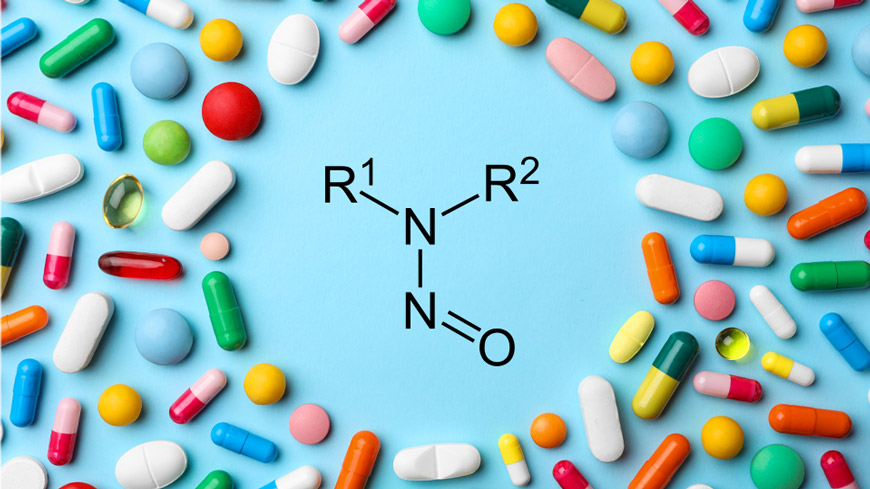The official medicines control laboratories (OMCLs) of the General European OMCL Network (GEON) began developing procedures for the determination of N-nitrosamine contaminants in 2018. The resulting procedures have been published for information on the website of the European Directorate for the Quality of Medicines & HealthCare (EDQM).
More recently, after the first reports of NDSRI contamination in medicinal products were received, the OMCLs began working on establishing in-house procedures for the detection of these impurities.
As a result of their work, six additional procedures have now been published on the EDQM website. In one case (NTTP in sitagliptin tablets and in sitagliptin/metformin tablets), the contaminant derives from an active pharmaceutical ingredient intermediate. The two laboratories involved in the development of the six procedures were the German OMCL at the Landesamt für Gesundheit und Lebensmittelsicherheit in Bavaria and the OMCL at Swissmedic. The target molecules are:
- 7-Nitroso-3-(trifluoromethyl)-5,6,7,8-tetrahydro-[1,2,4]triazolo[4,3-a]pyrazine (NTTP) in sitagliptin and sitagliptin/metformin tablets;
- N-nitroso ramipril in ramipril tablets;
- N-nitroso fluoxetine in fluoxetine tablets;
- N-nitroso sertraline in sertraline preparations;
- N-nitroso duloxetine in duloxetine preparations; and
- N-nitroso hydrochlorothiazide in various preparations.
The analytical techniques used to detect these contaminants are GC-MS/MS in the case of NTTP and LC-MS/MS in the other five cases.




